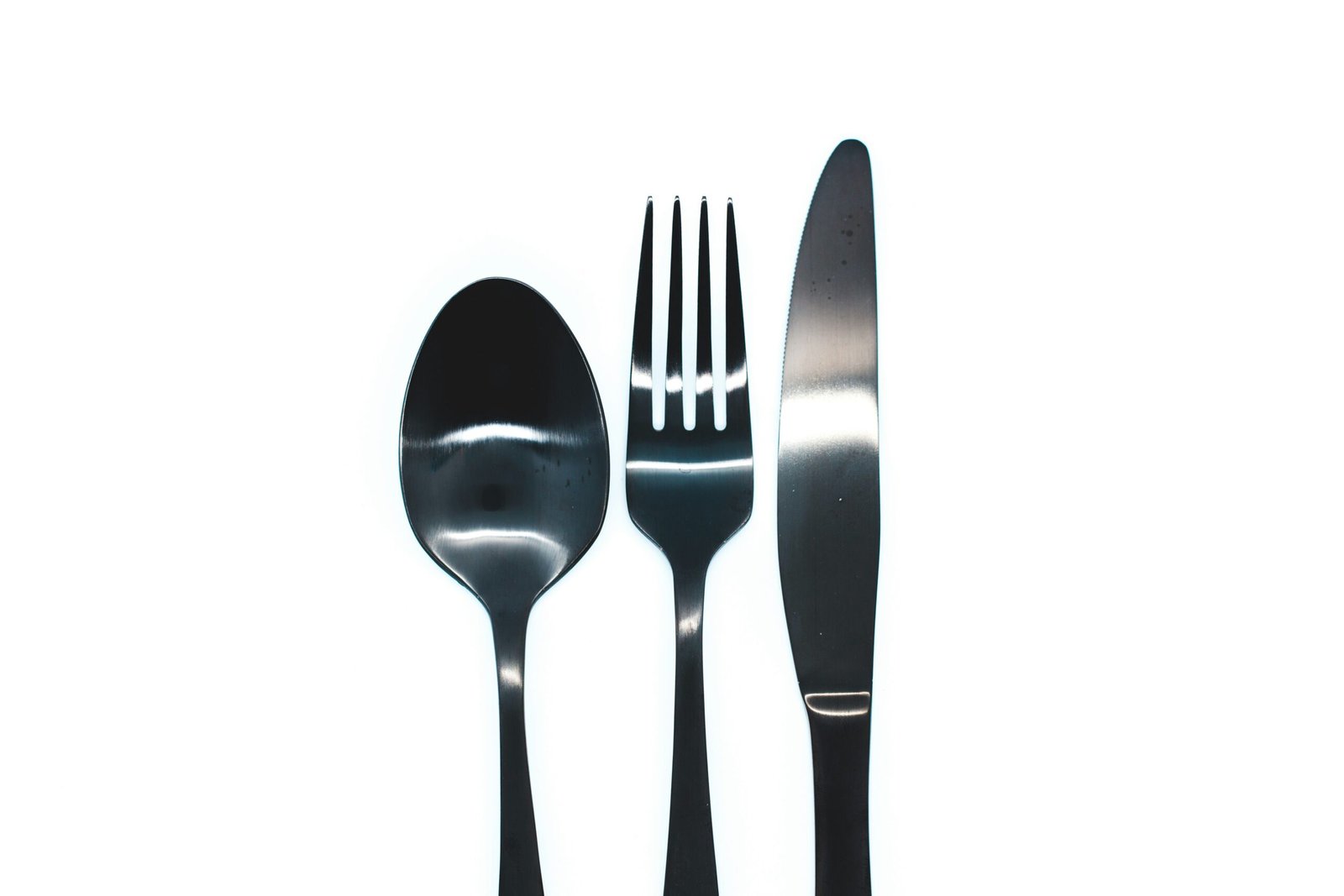Introduction
Whether you’re a seasoned chef or a home cook just starting out, a good knife set is an essential tool in the kitchen. A well-curated set can make all the difference in your culinary endeavors, ensuring precision, safety, and efficiency. But it might be difficult to make the best decision when there are so many possibilities accessible. In this comprehensive guide, we’ll delve into the world of knife sets, exploring everything from the basics to advanced considerations.
Understanding Knife Sets
A knife set typically includes a variety of knives, each designed for specific tasks. While the exact composition may vary, most sets include:
Chef’s knife: The workhorse of the kitchen, used for a wide range of tasks like chopping, slicing, and dicing.
Paring knife: A small knife ideal for delicate tasks such as peeling, coring, and mincing.
Serrated knife: Designed for cutting through bread, tomatoes, and other soft foods without crushing them.
Boning knife: A thin, pointed knife used for removing meat from bones.
Santoku knife: A Japanese style knife with a flat blade and a wide belly, often used for slicing and chopping.
Factors to Consider When Choosing a Knife Set
Material: The blade material significantly affects the knife’s performance, durability, and price. Common options include:
Carbon steel: Offers excellent edge retention but is susceptible to rust.
Stainless steel: Rust-resistant and easy to maintain, but may not have the same edge retention as carbon steel.
High-carbon stainless steel: Combines the best of both worlds, offering good edge retention and rust resistance.
Ceramic: Extremely sharp and durable but can be brittle.
Handle: The handle should be comfortable to grip and provide good balance. Popular materials include:
Wood: Warm and natural, but can be prone to warping or cracking.
Plastic: Durable and easy to clean, but may not feel as comfortable as wood.
Rubber: Non-slip and comfortable, but can be prone to staining.
Set Size: The ideal set size depends on your cooking habits and needs. Think about how often you use the various kinds of knives.
Cost: Knife sets can be purchased for a low cost or a high cost. Establish your spending limit and rank the things that are most essential to you.
Popular Knife Set Styles
8-Piece Set: A versatile option that includes the essential knives for most home cooks.
10-Piece Set: Offers additional knives like a carving knife and a cleaver, suitable for those who do a lot of meat preparation.
15-Piece Set: A comprehensive set with a wide variety of knives, ideal for professional chefs or home cooks who enjoy experimenting with different cuisines.
Specialty Sets: Some sets focus on specific cuisines or cooking styles, such as Japanese or steakhouse sets.
Knife Care and Maintenance
Proper care and maintenance are essential to prolong the life of your knives. Here are some tips:
Hand wash: Avoid dishwashers, as the harsh detergents can damage the blade and handle.
Dry immediately: After washing, dry the knives thoroughly to prevent rust.
Store properly: Use a knife block or a magnetic strip to keep your knives organized and protected.
Sharpen regularly: A dull knife can be dangerous and inefficient. Think about hiring a professional sharpening service or making an investment in a high-quality sharpening stone.
Specialty Knife Sets
While standard knife sets cover most everyday cooking needs, there are specialty sets designed for specific cuisines or tasks.
Japanese Knife Sets: These sets often include unique knives like the Nakiri (vegetable knife), Usuba (thin-bladed knife), and Gyuto (chef’s knife). They are known for their precision and sharpness.
Steakhouse Knife Sets: These sets typically include a carving knife, a steak knife, and a sharpening steel. They are ideal for preparing and serving meat.
Outdoor Knife Sets: For camping, hiking, or fishing, these sets include knives with rugged blades and handles, often paired with other tools like a multi-tool or a fire starter.
Knife Storage and Safety
Proper storage is essential to protect your knives and prevent accidents.
Knife Block: A convenient way to store multiple knives in a single unit.
Magnetic Strip: Allows you to mount your knives on a wall, freeing up countertop space.
Knife Safety Tips
Handle with care: Always handle knives with caution, ensuring your fingers are away from the blade.
Wash thoroughly: Clean knives immediately after use to prevent food particles from accumulating.
FAQs About Knife Sets
Are knife sets worth it?
Yes, a good knife set can significantly improve your cooking experience. Investing in quality knives can save you time, effort, and money in the long run.
What is the best brand for knife sets?
There are many reputable brands that offer high-quality knife sets. Some popular choices include Wüsthof, Global, Shun, and Victorinox.
How often should I sharpen my knives?
The frequency of sharpening depends on how often you use your knives and the type of materials you cut. Generally, you should sharpen your knives every 20 to 30 uses.
Can I use a knife set for other tasks besides cooking?
While not recommended, some people use knives for tasks like opening packages or cutting paper. However, this can damage the blade and reduce its effectiveness for cooking.
What is the difference between a chef’s knife and a santoku knife?
Both chef’s knives and santoku knives are versatile cutting tools, but they have slight differences in their shape and design. A chef’s knife has a curved blade, while a santoku knife has a flat blade. The santoku knife is often used for slicing and chopping, while the chef’s knife can be used for a wider range of tasks.
Conclusion
Choosing the right knife set can make a significant difference in your kitchen performance. By considering factors such as material, handle, set size, and price, you can find the perfect set to suit your needs and budget. Remember to care for your knives properly to ensure they remain sharp and durable for years to come.
To read more, click here.

Leave a Reply